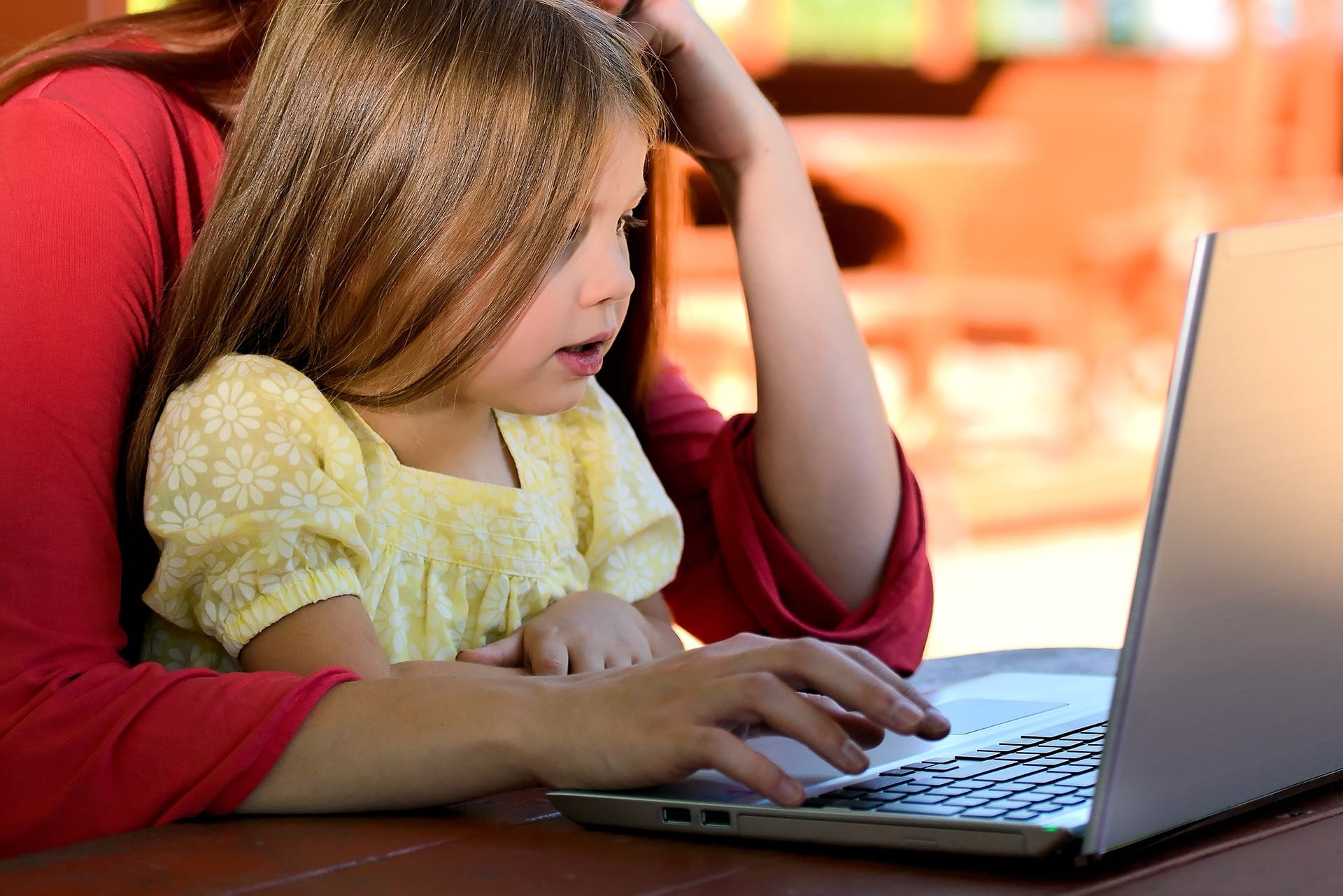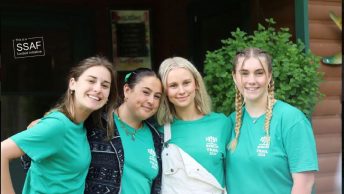This post is over three years old, the information may be outdated.
There’s no doubt that education can be a powerful vehicle to transform lives. Unfortunately, there are many inequalities in education that have now been exacerbated by COVID-19.
Equity and equality are often terms that are used interchangeably. However, understanding the distinction between these two “buzz words” is essential to resolving issues of inequity for disadvantaged students, and raising the bar of education standards in our communities.
Equality in education, would entail each student receiving the same resources, the same quality of education and the same opportunities and rights as their fellow students. Whereas equity in education, would require students to receive the resources, education, rights and opportunities that best fit their circumstances. Giving disadvantaged groups what they need to achieve an equal level of success as their fellow students, is the first step in achieving equitable education.
The Organisation for Economic Co-operation and Development (OECD) defines equitable education by two characteristics. These are fairness and inclusion.
- Fairness means ensuring that personal and social circumstances do not prevent students from achieving their academic potential.
- Inclusion means setting a basic minimum standard for education that is shared by all students regardless of background, personal characteristics, or location.
When you begin to unpack issues such as; monetary resources, access to quality facilities and equipment, academic standards, academic support, and quality of teaching, it becomes clear that achieving equity in education will be hard work. It will require a coordinated effort from a number of committed and passionate individuals, groups, and organisations to drive this powerful change.
If you have an idea or project that you believe can contribute to improving fairness and inclusion in education, you should apply for an Edified Energiser Grant.
Edified Energiser Grants
Our friends over at Edified are educational partners who walk the talk. They’re awarding $5,000 to individuals or groups with a compelling plan to improve education for their communities. The plan could be as simple as being a teacher, or as grand as designing a new EdTech platform to bring free education to the world.
You define your community. It could be your home town, your country, or the whole word. You can define a group by demographics or social groups, but you cannot exclude people on the basis of race, faith or sexuality.
There are three categories this year:
- General education
- Safety, health, and wellbeing
- Women and gender equity
Last year’s winning ideas included
- Virtual reality training for people with autism to help support people with autism on how to better navigate social and professional situations
- Providing facilities and developing a grassroots education scheme to help girls and young women in Nigeria attend school during menstruation
- Virtual internship platform for students in regional NSW to allow local business to offer virtual internships, and to reduce youth unemployment in regional NSW
So think outside the box! It’s not just about what you can do in the classroom. Educational —yet inequity takes many other forms besides cash, from biased adults’ expectations to the amount of pollution in the air, or even the degree to which other students are focused on learning.










